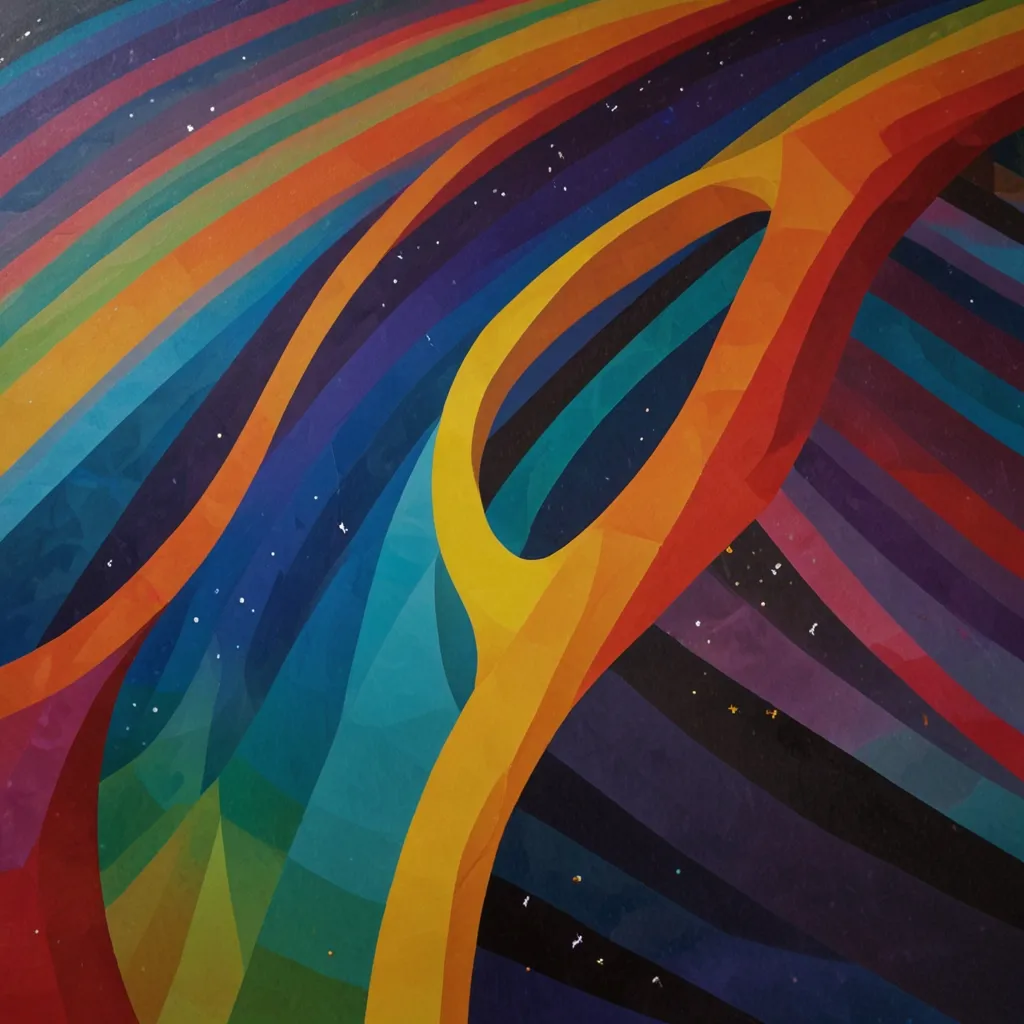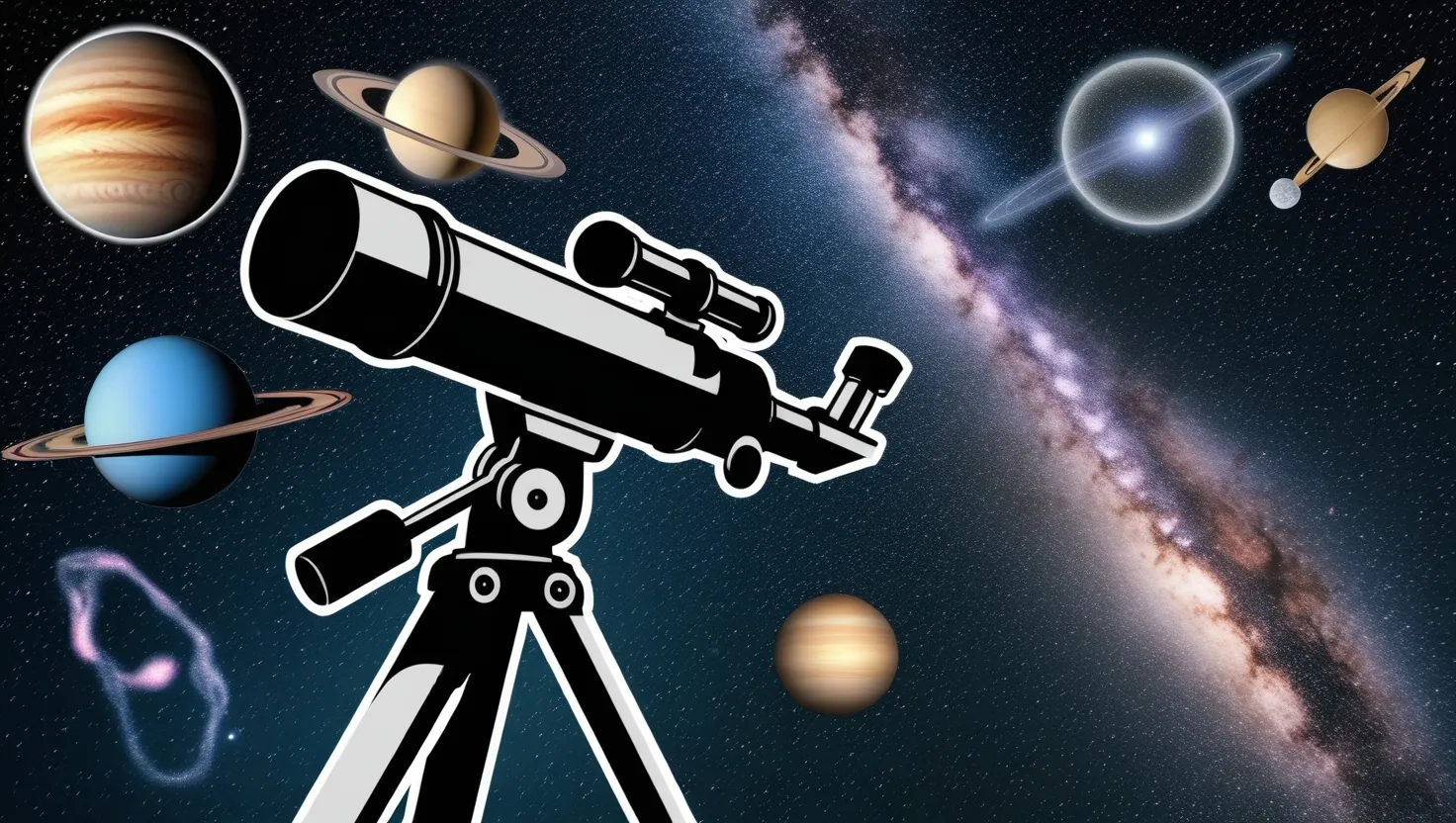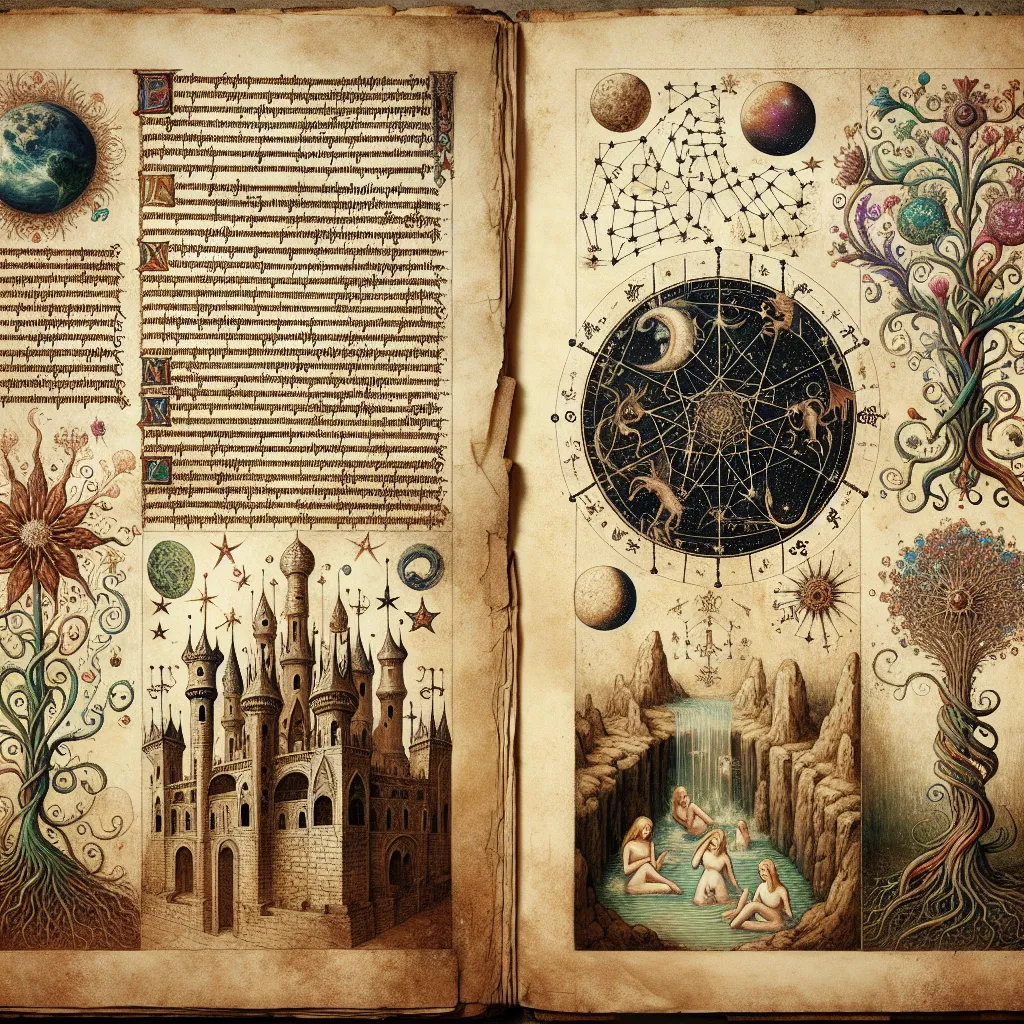Space-time is perhaps the most crucial concept in physics. Without it, there would be no stage for the drama of the universe to unfold. Imagine an artist with every color and tool at their disposal but without a canvas; there would be no masterpiece. Just as a canvas is essential for painting, space-time is the essential fabric for physics.
At one point, space was considered a vast, empty void. That was until 1908 when Hermann Minkowski introduced the notion of time as a fourth dimension, alongside the three dimensions of space. Einstein later showed that space-time is a kind of bendable geometry that affects the trajectory and passage of time for objects. We often take space-time for granted because it’s all around us, much like a fish doesn’t question the water it swims in. But what exactly is this all-important canvas, and how can space and time be interwoven?
Space is easy to understand—measured in meters and feet. Time, measured in seconds and minutes, is something we observe with the ticking of clocks. But how can these two seemingly different things be combined into a four-dimensional continuum called space-time? This combination is far from intuitive, yet it’s fundamental to modern physics.
To grasp this, let’s compare the geometry of space-time with the geometry of space. In ordinary Euclidean space, finding the distance between two points is straightforward using the Pythagorean theorem. However, in space-time, we don’t just deal with distances but also with time, creating a more complex Minkowskian geometry. Here, the distance between two points doesn’t represent meters but time elapsed between two events.
In Minkowskian geometry, the formula changes slightly. Instead of using the Pythagorean theorem, we use a formula where elapsed time squared equals the difference between time squared and space squared. This minus sign is crucial, showing an inverse relationship between distance and time. Interestingly, while in Euclidean space a straight line is the shortest path, in Minkowskian space-time, it represents the longest duration.
You might wonder how we can add time and distance when their units are different—meters versus seconds. The answer lies in the speed of light, which acts as a conversion factor. The speed of light, denoted as ‘c,’ is the universe’s speed limit and allows us to unite space and time in equations.
This two-dimensional model can be extended to our real four-dimensional space-time. Here, things get more complicated as space-time can curve, introducing the phenomenon of gravity. Gravity not only warps space but also affects time, causing what’s known as time dilation. Near massive objects like Earth, time runs slightly slower compared to far-off space.
You may wonder why we have only three spatial dimensions and one time dimension. Additional dimensions would likely lead to unstable universes or paradoxes, such as allowing backward time travel. Physicists have shown that the universe, as we know it, requires exactly this configuration for stability and life.
In a world with more than three large spatial dimensions, the gravitational and atomic structures would be drastically different, likely preventing the formation of life. Therefore, our universe’s dimensions seem fine-tuned for our existence, a fascinating realization that makes us appreciate the complex beauty of the cosmos.
So, next time you think about space and time, remember they are inseparably linked, forming the vital fabric of our existence.






